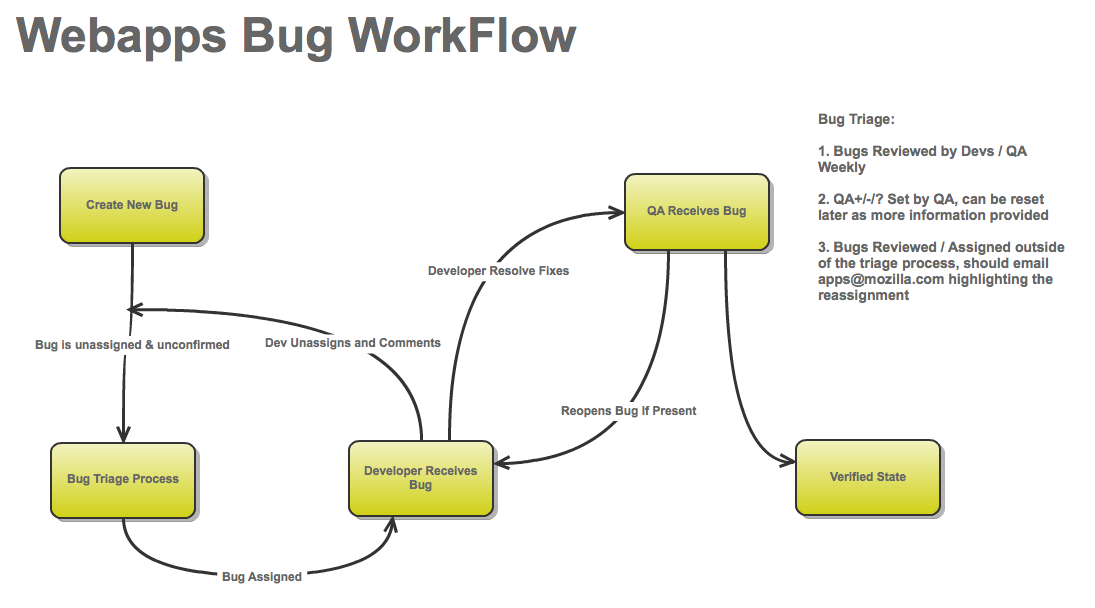

It also reduces the thickness effectively. This forging technique works on the principle of compression in which the stress develops on cast ingots which are used explicitly for increasing the length of billets or blooms. In accordingly, the material gets distributed, and the reduction in thickness takes place. In this also the material gets elongated through its length hence the deformation takes place. This process of forging is also the same as fullering. It is the forging process that is used explicitly for reducing the cross-sectional area of the materials by using concave or convex-shaped dies. Open die forging is further subdivided into few categories. With this, we can easily convert square-shaped ingots into round shapes.With this technique, the manufacturing of shafts, rings, disks, etc., can be made.In this, the height of the diameter of the billet increases, and the height decreases.This forging process is classified based on the temperature and as the name suggests, it happens at lower temperatures. Let’s discussed the basics of all types of forging, Cold Forging When it comes to the classification of forging techniques, it can be subdivided into different types based on.Īs per temperature, forging process is of two types,īased on the constraint on flow by the die and material flow, as well as the type of loading and arrangement, forging can be classified as follows, It helps to make different kinds of shape, which is used in various manufacturing industries.The forging process is specifically used to change the workpiece’s size and shape by compressing or heating it in the whole process.Unlike other manufacturing processes, forging operation is performed on the metals.What is the Use of Forging?Īs we know, forging is a manufacturing process that provides various sizes and shapes of the metal by different cold and hot forging operations. With this process, the material saving is an added advantage and a par level of surface finish. There are numerous and wide forging applications for,Īpart from this, this process has numerous advantages we can attain maximum accuracies even for small parts. What is forging process definition meaning types defects Forging Definitionįorging is one of the historical processes through which our ancestors used to make weapons, jewelry, coins, etc., in a simple language Forging is how deformation of materials takes place through compressive stress. Here, we will discuss forging, which is one of the effective ones among all the forming processes. Some of the prominent examples of those are the automobile industry and beverage industries, which use cans massively. In various industries, it is used on a massive scale. The use of sheet metal forming processes is quite broad and popular.Forming is the process that helps in getting various kinds of thickness in these materials.Bulk deformation is nothing but just the shaping of materials equipped with a small surface area to volume ratio or surface area to thickness.This comes under the bulk deformation of materials. While working on various materials, shaping them to the desired profile is one of the most popular aspects. Let’s explore! What is Forging Process? Definition & Meaning Forging Process Basics What is Forging process? Any idea! In this article, we will learn the basics of forging process along with forging definition, meaning, different types, advantages, disadvantages, applications, defects, etc.


 0 kommentar(er)
0 kommentar(er)
